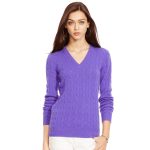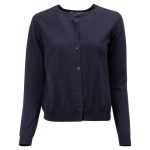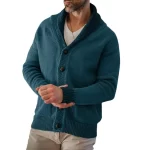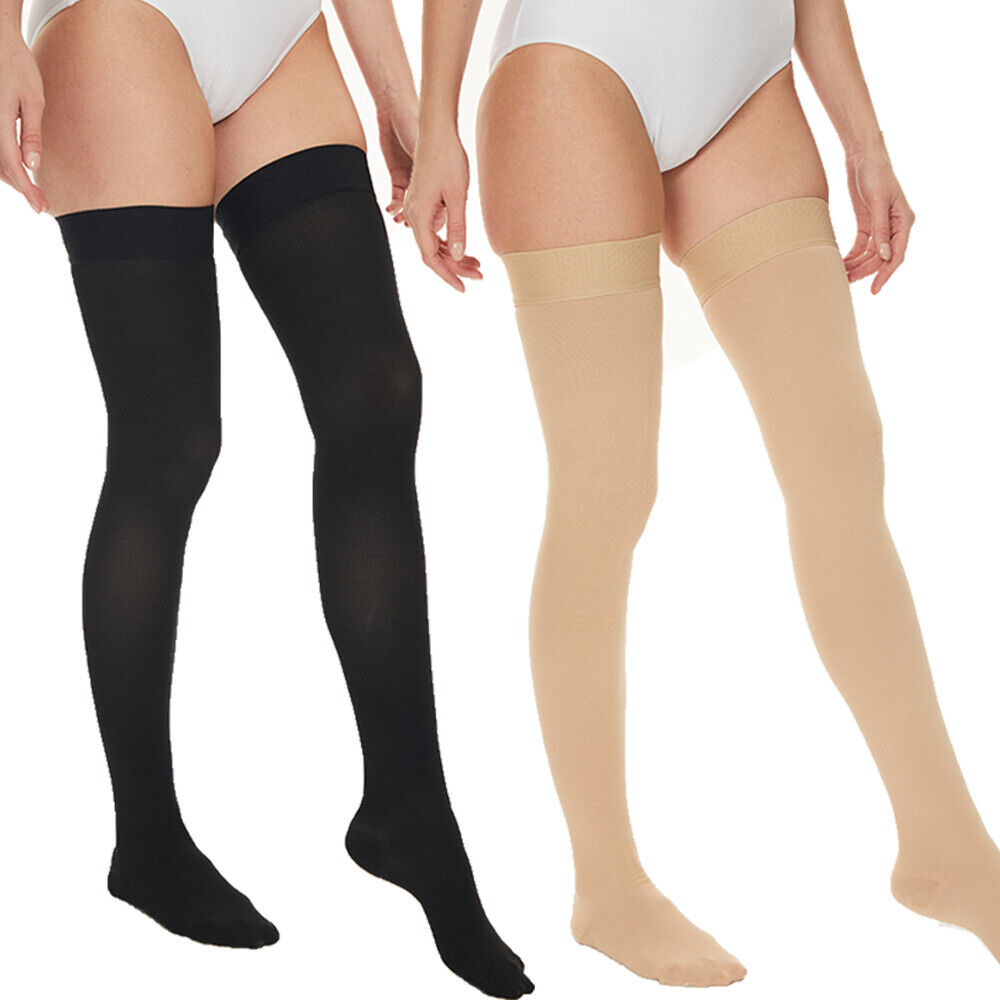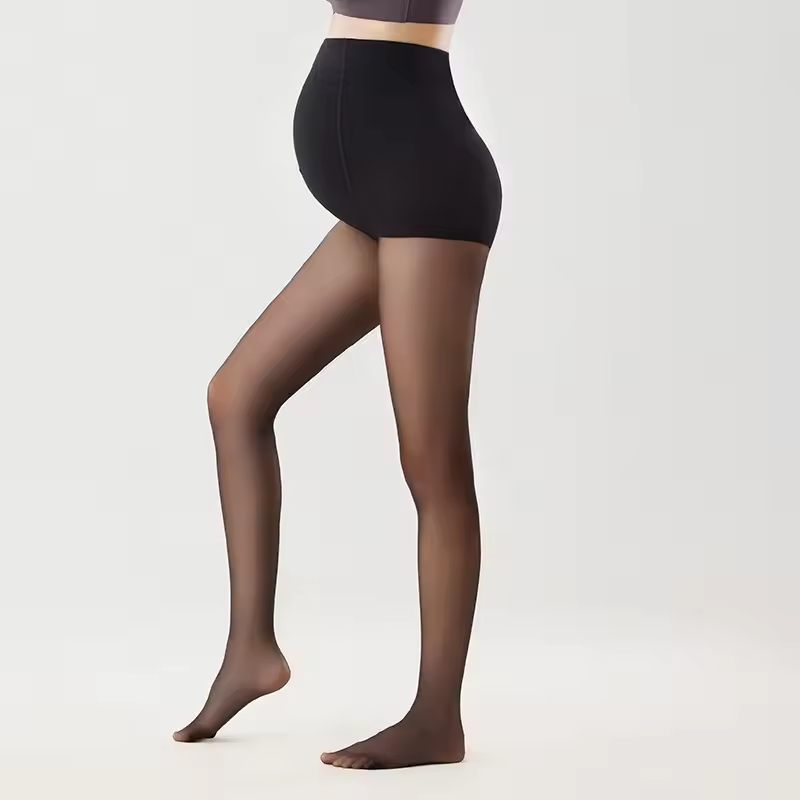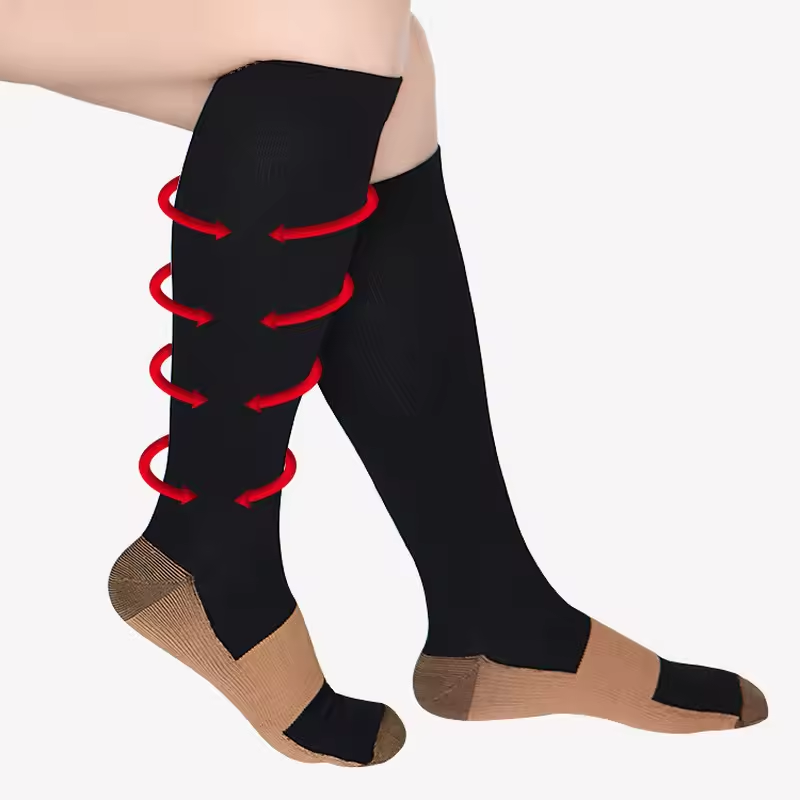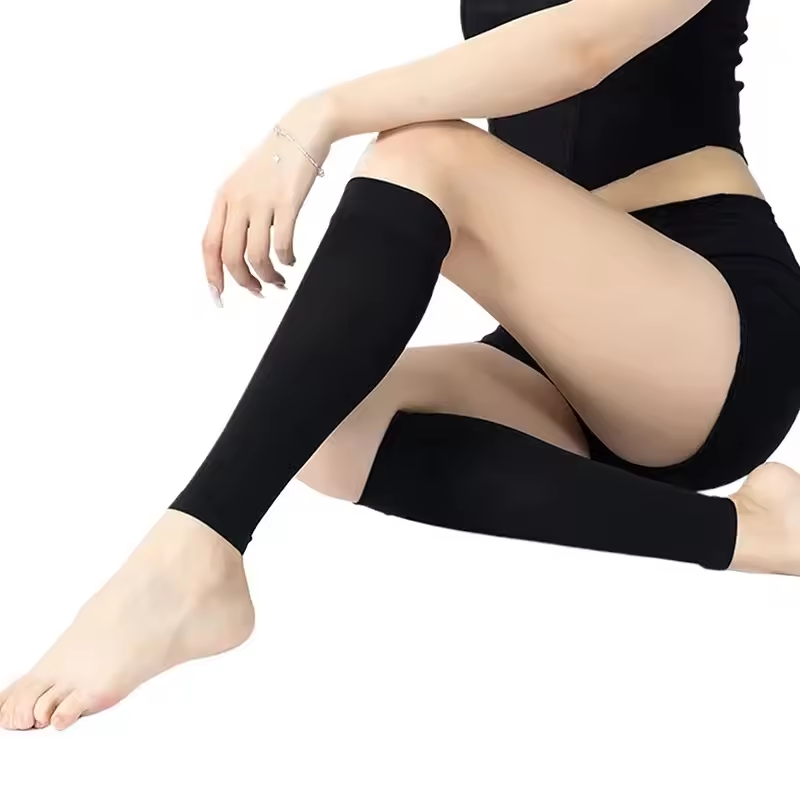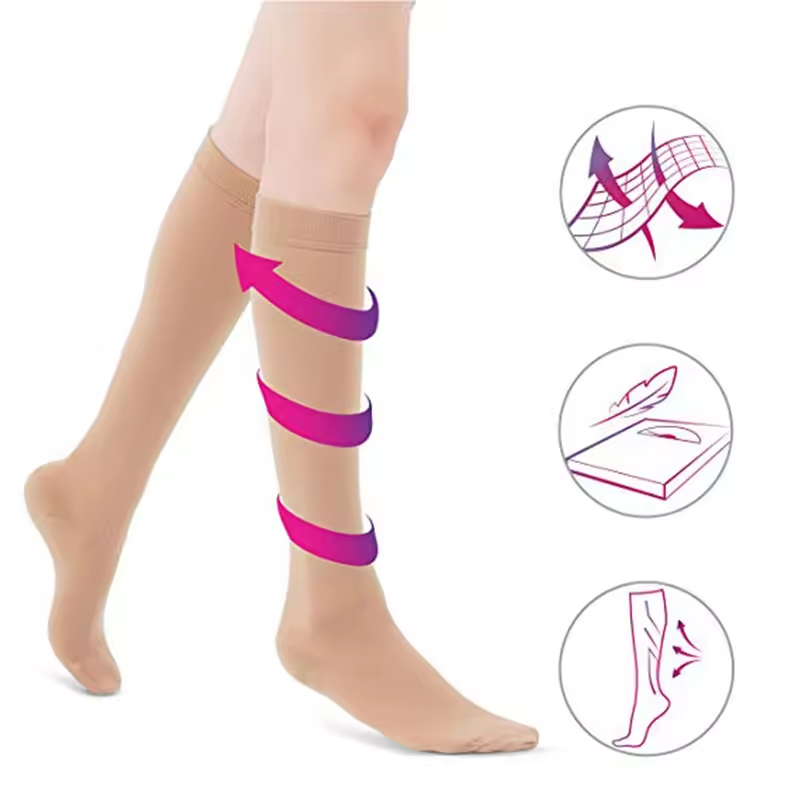Introduction: Understanding the Importance of Proper Fit
Compression stockings are a vital tool for managing various medical conditions, including venous insufficiency, deep vein thrombosis, and lymphedema. These specialized garments apply gentle pressure to the legs, improving blood circulation and reducing swelling and discomfort. However, to experience the full benefits of compression therapy, it’s crucial to ensure that your stockings fit correctly. In this comprehensive guide, we will explore the importance of proper fit and provide step-by-step instructions on how to measure for compression stockings to achieve a perfect fit.
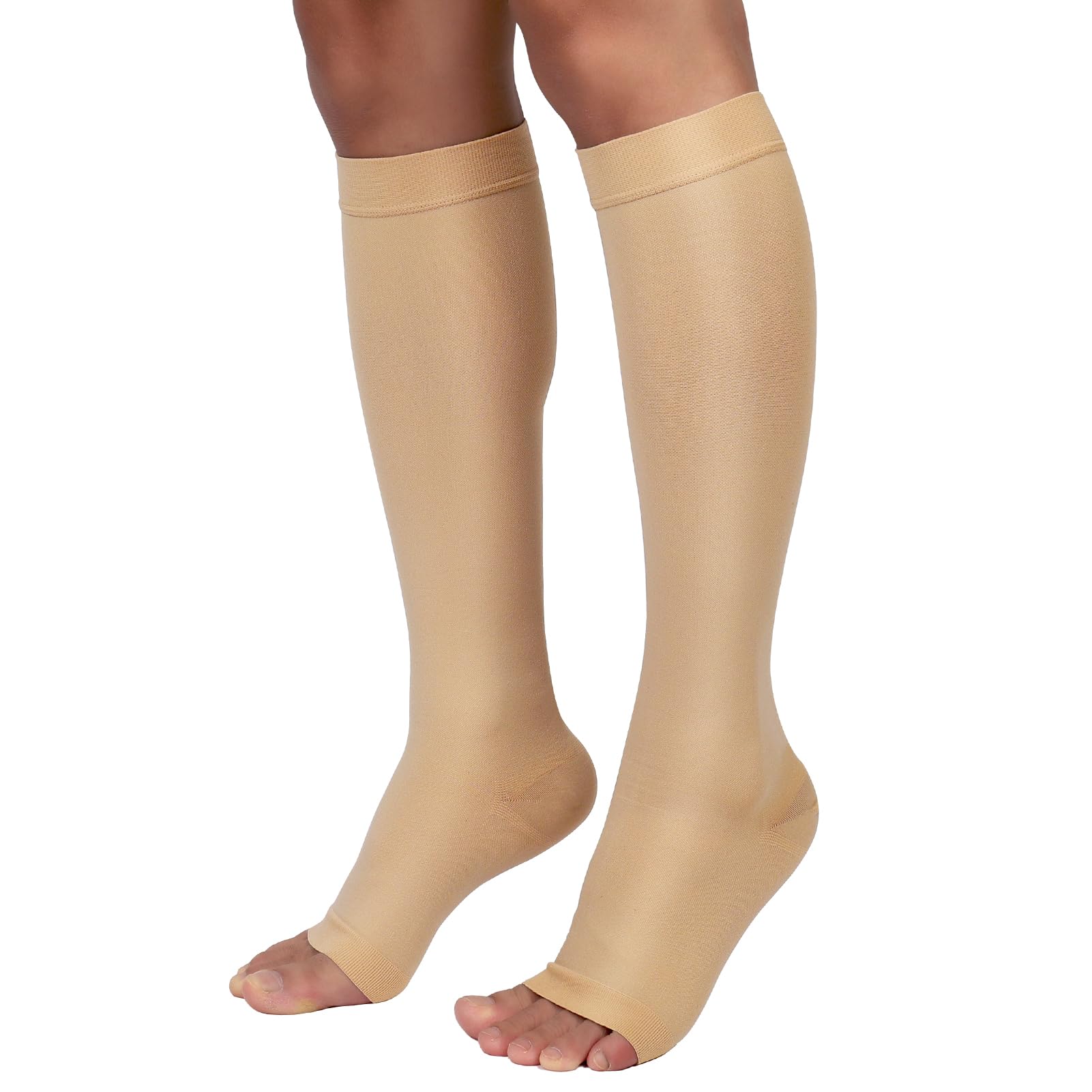
Why Proper Fit Matters: Benefits of Compression Therapy
Before delving into the measuring process, it’s essential to understand why proper fit is crucial when it comes to compression stockings. A properly fitting compression garment ensures that the prescribed level of compression is applied evenly to the legs, maximizing its therapeutic effects. Properly fitting stockings can help alleviate symptoms such as leg swelling, pain, fatigue, and varicose veins, improving overall comfort and quality of life for individuals with vascular or lymphatic conditions. Additionally, well-fitted compression stockings are less likely to cause discomfort, skin irritation, or circulation issues, ensuring optimal compliance with treatment recommendations.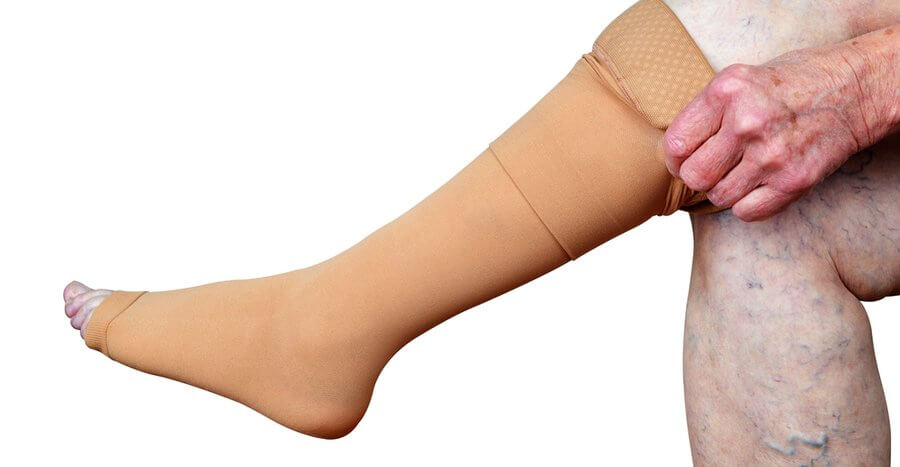
Selecting the Right Compression Level: Understanding Compression Classifications
Compression stockings are available in various compression levels, ranging from mild to extra firm, depending on the severity of the condition being treated. Compression levels are measured in millimeters of mercury (mmHg) and are categorized into different classes:
- Mild Compression (8-15 mmHg): Provides mild support for individuals with mild swelling, fatigue, or discomfort in the legs. Suitable for everyday wear and preventive purposes, such as during long periods of sitting or standing.
- Moderate Compression (15-20 mmHg): Offers moderate support for managing symptoms of venous insufficiency, varicose veins, and mild swelling. Ideal for individuals with mild to moderate vascular issues or those at risk of developing venous disorders.
- Firm Compression (20-30 mmHg): Provides firm support for treating moderate to severe venous conditions, including deep vein thrombosis (DVT), chronic venous insufficiency (CVI), and post-thrombotic syndrome. Recommended for individuals with significant swelling, varicose veins, or lymphatic disorders.
- Extra Firm Compression (30-40 mmHg or higher): Offers maximum support for managing severe venous and lymphatic conditions, such as advanced chronic venous insufficiency, lymphedema, and venous ulcers. Prescribed for individuals with extensive swelling, edema, or chronic venous disorders.
Selecting the appropriate compression level is essential for achieving optimal therapeutic outcomes and preventing potential complications. Consult with a healthcare professional to determine the most suitable compression level based on your specific condition, symptoms, and medical history.
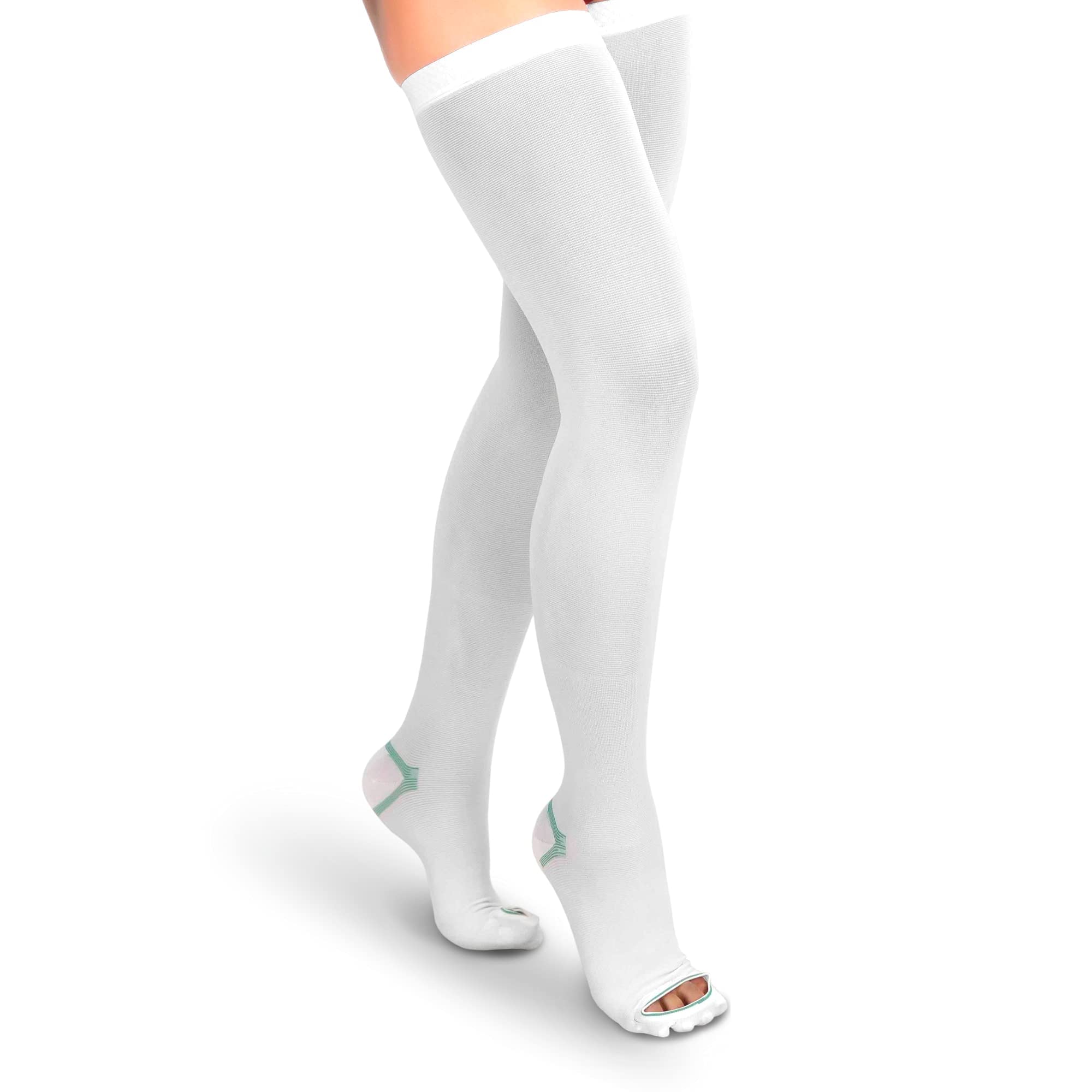
Measuring for Compression Stockings: Step-by-Step Guide
Measuring for compression stockings involves taking precise measurements of the legs to ensure a proper fit and optimal compression therapy. Follow these step-by-step instructions to measure for compression stockings accurately:
- Gather Supplies: Before you begin, gather the following supplies: a flexible measuring tape, pen or marker, paper, and a chair or stool for comfort.
- Choose the Right Time: Measure your legs early in the day when swelling is minimal, as leg size may fluctuate throughout the day. Sit or lie down in a relaxed position to ensure accurate measurements.
- Measure Ankle Circumference: Start by measuring the circumference of the narrowest part of your ankle, just above the ankle bone (medial malleolus). Wrap the measuring tape snugly around the ankle but not too tight, allowing for a comfortable fit.
- Measure Calf Circumference: Next, measure the widest part of your calf muscle, typically located about halfway between the knee and ankle. Wrap the measuring tape around the calf, ensuring that it is snug but not constricting.
- Measure Knee Circumference (if applicable): If you will be wearing knee-high stockings, measure the circumference of your knee at its widest point. Place the measuring tape around the knee, slightly bending the leg to ensure an accurate measurement.
- Measure Thigh Circumference (if applicable): For thigh-high stockings, measure the circumference of the thigh at its widest point, typically a few inches below the groin crease. Wrap the measuring tape around the thigh, ensuring a snug but comfortable fit.
- Note Measurements: Record the measurements of each leg on a piece of paper, labeling them clearly as ankle, calf, knee, and thigh (if applicable). Be sure to measure both legs, as there may be slight differences in size between the two.
- Consult Sizing Chart: Once you have obtained accurate measurements, refer to the manufacturer’s sizing chart or consult with a healthcare professional to determine the appropriate size and compression level for your compression stockings. Choose the size that corresponds closely to your measurements for the best fit and therapeutic effectiveness.
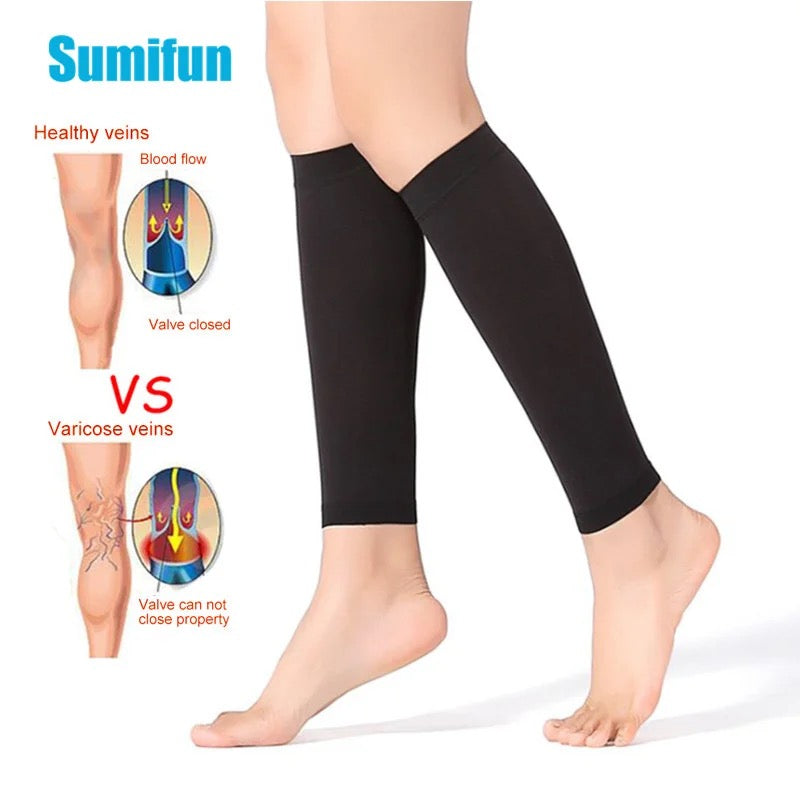
Choosing the Right Style: Considerations for Compression Stocking Styles
In addition to selecting the appropriate size and compression level, it’s essential to choose the right style of compression stockings based on your preferences and specific needs. Compression stockings are available in various styles, including knee-high, thigh-high, and pantyhose (also known as waist-high or full-length stockings). Consider the following factors when choosing the right style:
- Length of Coverage: The length of coverage provided by compression stockings varies depending on the style. Knee-high stockings cover the lower leg up to the knee, while thigh-high stockings extend higher, covering the entire thigh. Pantyhose provide full coverage from the toes to the waist. Choose the style that provides the appropriate level of coverage based on your condition and treatment requirements.
- Ease of Application: Some individuals may find knee-high stockings easier to put on and take off, especially if they have mobility issues or limited dexterity. Thigh-high stockings and pantyhose may require more effort to don, but they provide additional coverage and support for the entire leg. Consider your comfort and convenience when selecting the style of compression stockings.

Conclusion: Achieving Comfort and Effectiveness with Properly Fitted Compression Stockings
How to measure for compression stockings-In conclusion, proper fit is essential for achieving comfort, effectiveness, and therapeutic benefits when it comes to compression stockings. By following the step-by-step instructions outlined in this guide and consulting with a healthcare professional, you can ensure that your compression stockings fit correctly and provide the optimal level of compression for managing vascular or lymphatic conditions. Remember to measure your legs accurately, choose the appropriate compression level based on your specific needs, and select stockings that offer both comfort and therapeutic support. With properly fitted compression stockings, you can experience relief from swelling, pain, and discomfort while improving circulation and overall leg health.


